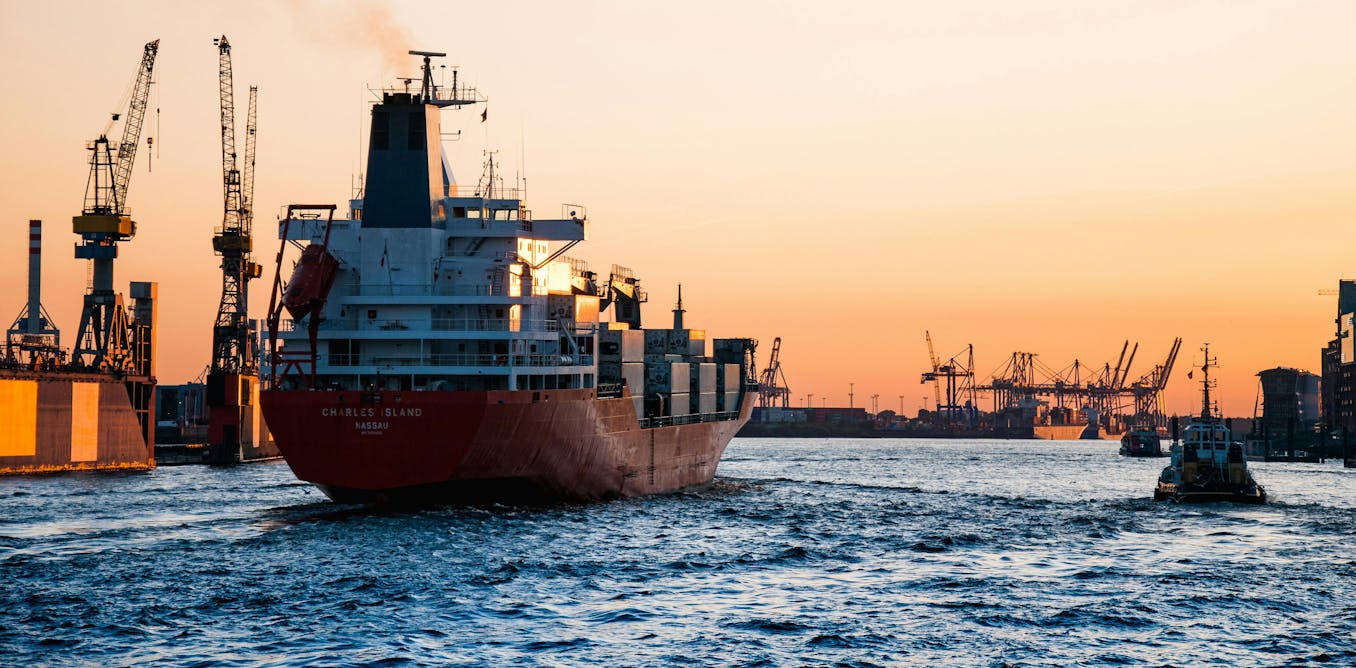Tech giant Google has announced a groundbreaking partnership with US nuclear energy startup Kairos Power to develop a cutting-edge solution for powering its artificial intelligence data centers. The collaboration will see the construction of seven small nuclear reactors that will provide sustainable and reliable energy to support Google’s data center operations.
As the demand for energy continues to rise in the United States due to the proliferation of data center projects aimed at advancing AI technology, Google is taking proactive steps to ensure a more efficient and environmentally-friendly energy source. By harnessing the power of nuclear energy, Google aims to reduce its carbon footprint and increase the overall efficiency of its operations.
This partnership highlights the growing importance of sustainable energy solutions in the tech industry, as major companies like Google seek innovative ways to power their data centers while minimizing their impact on the environment. The use of nuclear energy in this context represents a significant step forward in the quest for cleaner and more efficient energy sources for large-scale technological operations.
In addition to this groundbreaking announcement, protests have erupted in Barcelona as locals express their frustration with the negative effects of mass tourism on their city. The clash between the benefits of tourism revenue and the challenges it poses to local communities underscores the complex dynamics at play in the tourism industry.
Overall, Google’s collaboration with Kairos Power signals a significant advancement in the intersection of technology and sustainable energy solutions. As the demand for energy continues to grow, innovative partnerships like this one will be essential in driving progress towards a more sustainable future.
Watch the video by FRANCE 24 English
Video “Google teams up with nuclear energy startup to power AI data centres • FRANCE 24 English” was uploaded on 10/15/2024 to Youtube Channel FRANCE 24 English







































I dunno if tech bro's are the ones to allow nuclear proliferation. These sites will always be vulnerable to disaster.